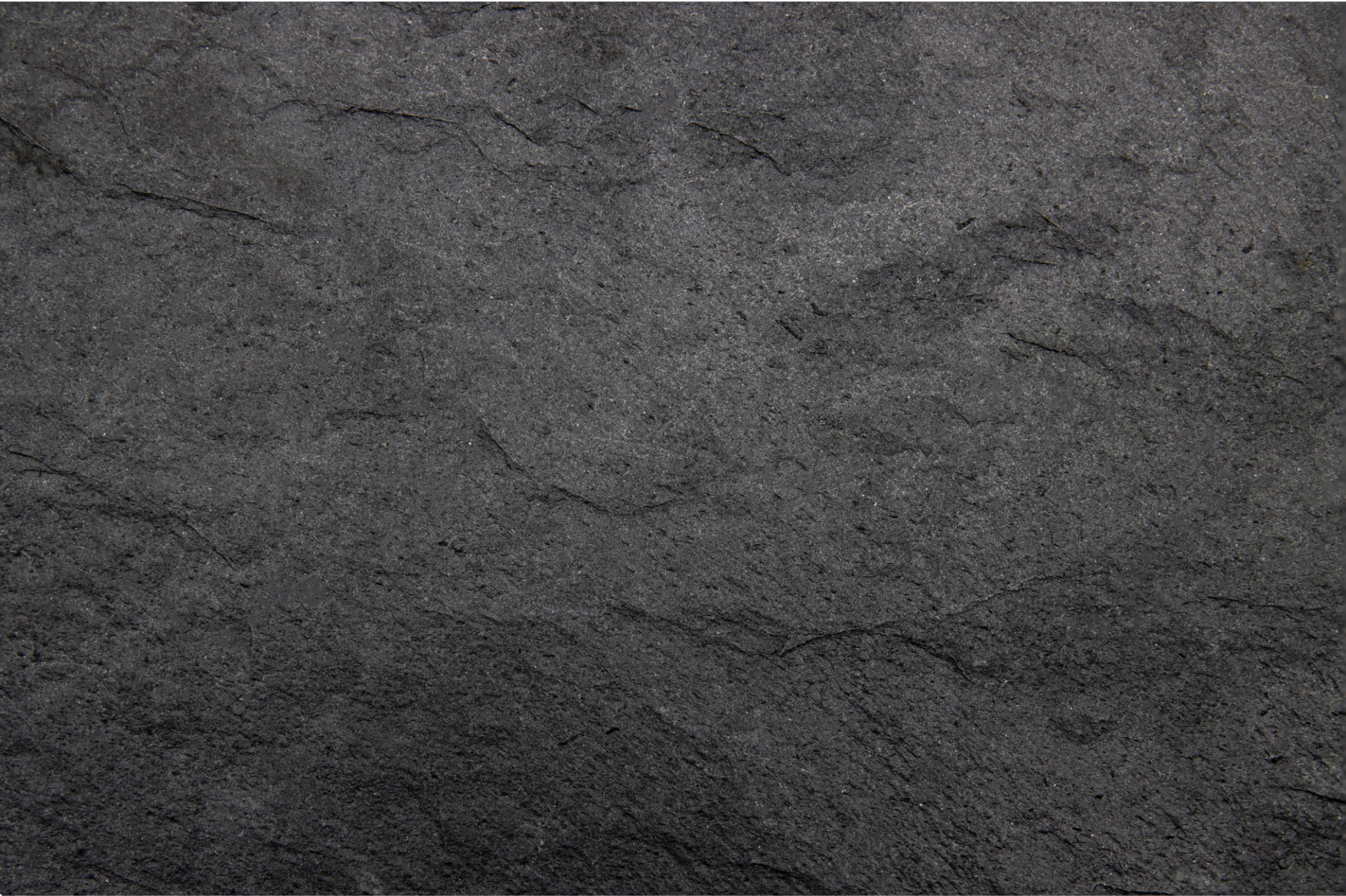How to Repair Natural Stone Surfaces: Expert Tips
AF
Understanding Natural Stone Surfaces
Natural stone surfaces, such as marble, granite, and limestone, add elegance and durability to any space. However, over time, they can become susceptible to damage from wear and tear, spills, and improper cleaning techniques. Understanding the specific needs of your stone surface is crucial for effective repair and maintenance.
Each type of natural stone has unique properties that dictate how it should be handled. For instance, marble is more porous than granite and requires gentler cleaning to prevent etching. Identifying the type of stone you have is the first step in ensuring proper care and repair.

Common Issues with Natural Stone
Natural stone surfaces can encounter several common issues, including scratches, chips, stains, and etching. Scratches occur when sharp objects come into contact with the surface, while chips are often a result of heavy impact. Stains can penetrate the stone's pores if not promptly cleaned, and acidic substances can cause etching, especially on marble.
Addressing these issues promptly is vital to prevent further damage. Regular maintenance and the right repair techniques can help preserve the beauty and integrity of your natural stone surfaces.
Basic Cleaning Techniques
Regular cleaning is essential to maintain the appearance of natural stone surfaces. Use a soft cloth or mop with a pH-neutral cleaner specifically designed for stone. Avoid harsh chemicals or abrasive cleaning tools that can scratch or dull the surface.
For daily cleaning, simply dust or sweep to remove debris. For deeper cleaning, dampen a cloth with water and your chosen stone cleaner, then gently wipe the surface. Always dry the stone thoroughly to prevent water spots.

Repairing Scratches and Chips
Minor scratches can often be polished out using a fine-grade stone polishing powder. Apply the powder to a damp cloth and gently rub it over the scratch in a circular motion. For deeper scratches and chips, you may need to use an epoxy resin or a professional repair kit.
Mix the resin according to the manufacturer's instructions and carefully fill in the damaged area. Allow it to cure completely before polishing it smooth with a fine-grit sandpaper. This process can restore the surface's original appearance.
Removing Stains and Etching
To remove stains, make a poultice by mixing baking soda with water to form a paste. Apply it to the stained area, cover it with plastic wrap, and let it sit for 24 hours. The paste will draw out the stain from the stone's pores.

Etching requires slightly different treatment. Use a marble polishing powder for light etching by buffing it into the affected area with a damp cloth. For severe etching, consider consulting a professional who specializes in stone restoration.
Preventative Measures
Prevention is key to minimizing repairs on natural stone surfaces. Use coasters under glasses and trivets under hot dishes to protect against stains and heat damage. Regularly seal your stone surfaces with a quality sealer to create a barrier against moisture and spills.
Educate household members about proper cleaning techniques and avoid placing heavy objects directly on the stone surface to prevent chips and cracks.

When to Call a Professional
While many minor repairs can be tackled as DIY projects, some situations require professional expertise. Significant damage, extensive etching, or complicated repairs should be handled by professionals who have the tools and experience to restore your stone surfaces effectively.
Consulting with a professional not only ensures quality results but also offers peace of mind knowing that your valuable surfaces are in expert hands.
Conclusion
Natural stone surfaces are a beautiful investment that requires proper care to maintain their elegance and longevity. By understanding their unique needs, addressing issues promptly, and taking preventative measures, you can keep your stone surfaces looking pristine for years to come.
Remember that when in doubt or faced with significant damage, seeking professional assistance is always a wise choice to protect your investment.
